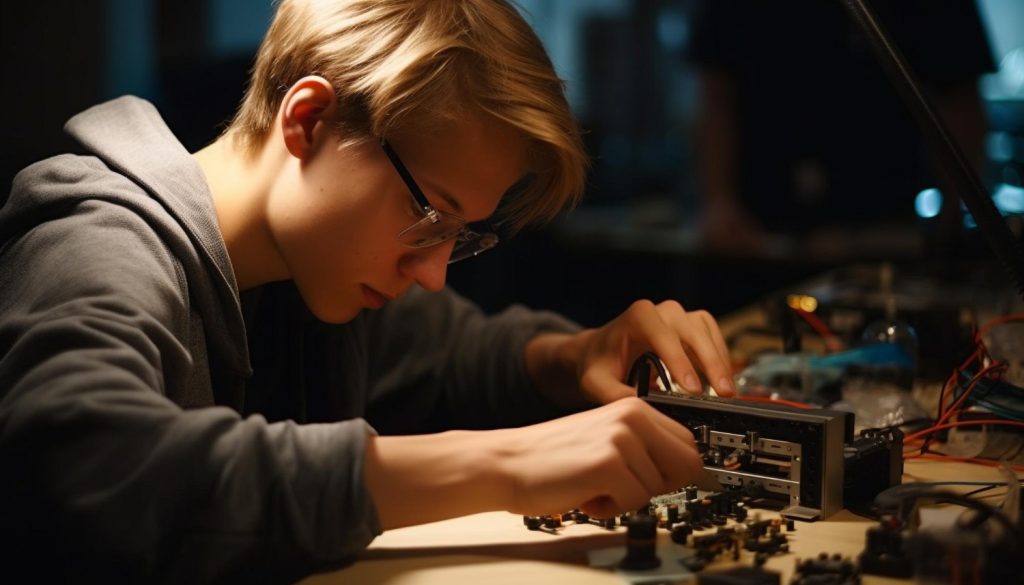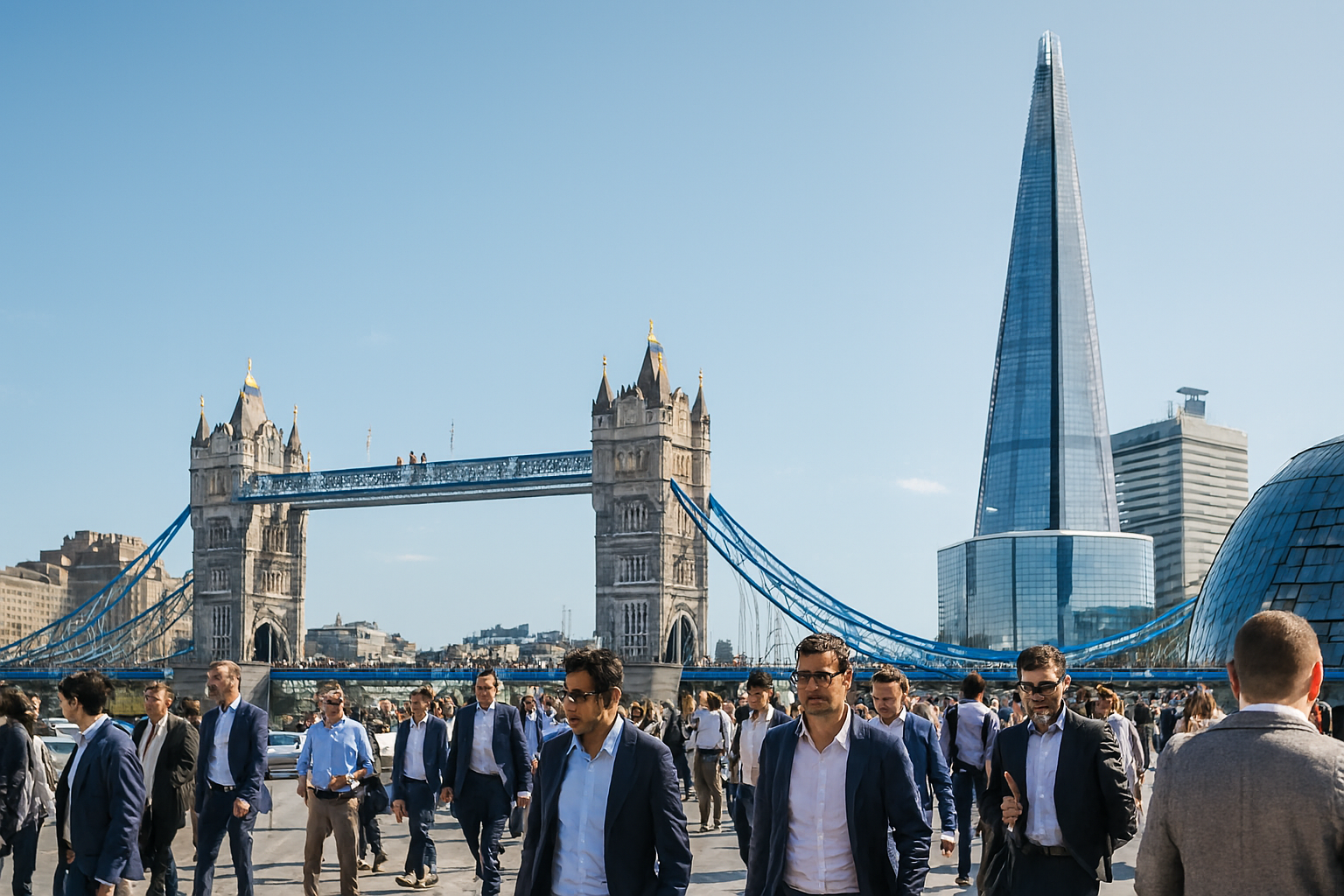Are you struggling with your 3D prints? Frustrated by warping, stringing, or surface flaws? This guide is for you. We’ll explore troubleshooting common 3D printing issues, from bed adhesion to print quality. We’ll walk you through the troubleshooting process, covering techniques like calibrating the bed and adjusting temperature. Plus, we’ll provide resources for further assistance. By the end, you’ll have the knowledge to effectively troubleshoot and resolve these problems. Let’s dive in and start troubleshooting!
FDM 3D Printing Issues
When troubleshooting FDM 3D printing issues, you may encounter problems such as warping and bed adhesion issues. Warping occurs when the corners of the print lift or curl upwards, resulting in a distorted shape. To address this, ensure that the print bed is properly leveled and use materials with good bed adhesion properties. Bed adhesion solutions include using a heated bed, applying adhesive materials like glue or tape, or using a bed adhesive spray. Filament stringing is another common issue where thin strands of filament are left behind during non-printing moves. This can be resolved by adjusting retraction settings to prevent oozing or by increasing travel speed. Print quality defects such as ghosting and ringing, which are visible wavy patterns on the print surface, can be minimized by reducing print speed and increasing rigidity of the printer frame. Lastly, resin curing problems can occur in SLA 3D printing, leading to prints not solidifying properly. To solve this, ensure proper exposure settings and curing time, and consider using post-curing methods like UV light exposure or post-curing chambers.
SLA 3D Printing Issues
To address SLA 3D printing issues, you can start by ensuring proper resin curing and exposure settings. Resin curing challenges can arise when the resin is not cured thoroughly, leading to weak and brittle prints. To resolve this, make sure to follow the manufacturer’s recommendations for resin curing time and exposure settings. Insufficient supports can cause print failure and distortion. Ensure that you have enough supports in your design to provide adequate stability during the printing process. Layer shifting problems can occur when the build platform or the print head moves unintentionally. Check that all the mechanical components are properly calibrated and tightened. Build plate adhesion issues can result in prints detaching from the build plate. Clean the build plate and apply an appropriate adhesive to ensure proper adhesion. Surface roughness troubleshooting involves adjusting the print settings such as layer height, exposure time, and print speed. Additionally, post-processing techniques like sanding and polishing can be used to improve surface quality. By addressing these SLA 3D printing issues, you can enhance the overall print quality and achieve successful prints.
Troubleshooting Techniques and Solutions
To troubleshoot common issues in 3D printing, start by calibrating and leveling the print bed. This ensures that the proper distance is maintained between the nozzle and the bed, resulting in accurate prints. Additionally, adjusting the extruder temperature can help address problems such as under-extrusion or over-extrusion. Fine tuning print settings, such as layer height and speed, can also improve print quality. Cleaning and maintaining the printer components is crucial for preventing clogs and ensuring smooth filament flow. Using support structures effectively can provide stability and prevent sagging or collapsing of intricate parts. Overall, troubleshooting in 3D printing involves a combination of technical adjustments and maintenance tasks to address specific issues. By following these troubleshooting techniques and solutions, you can enhance the overall performance and quality of your 3D prints.
Resources for Further Troubleshooting Assistance
If you’re in need of additional assistance for troubleshooting common issues in 3D printing, there are various resources available to help you. These resources can provide valuable guidance and support to help you overcome any challenges you may encounter. Here are three key resources that you can utilize:
- Online communities and forums: Joining online communities and forums dedicated to 3D printing can be immensely helpful. These platforms allow you to connect with experienced users who can offer advice and solutions based on their own experiences. By participating in these communities, you can learn from others, ask questions, and share your own knowledge.
- Troubleshooting guides and tutorials: Many websites and blogs offer comprehensive troubleshooting guides and tutorials specifically tailored to 3D printing. These guides provide step-by-step instructions on diagnosing and resolving common issues. They often include detailed explanations, images, and videos to assist you in troubleshooting effectively.
- Manufacturer support and documentation: The manufacturer of your 3D printer is an excellent resource for troubleshooting assistance. They typically provide a support team that can address your concerns and guide you through solving problems. Additionally, manufacturers often offer documentation, FAQs, and online resources that can help you troubleshoot specific issues related to their products.
Dimensional Issues
Experiencing dimensional issues can greatly impact the accuracy and precision of your 3D prints. Uneven dimensions can occur due to warping or shrinking of printed parts. Warping is caused by uneven cooling or insufficient bed adhesion, while shrinking can be a result of excessive heat. Over extrusion leads to larger dimensions, where the printer dispenses more filament than necessary. On the other hand, under extrusion results in smaller dimensions due to insufficient filament flow. Inconsistent layer height can also cause dimensional variations, where the layers are not deposited uniformly. Bridging problems can further contribute to dimensional issues. Sagging or drooping of bridging regions, gaps between extruded segments, and weak or brittle bridges can all affect the accuracy of the print. To address these issues, ensure proper bed adhesion, calibrate extrusion settings, and optimize cooling and layer height. Additionally, use support structures effectively to provide adequate support for overhangs and bridges, and consider adjusting print temperature and speed to achieve better dimensional accuracy.
Bridging Issues
When encountering bridging issues in 3D printing, you may notice sagging or drooping of bridging regions, gaps between extruded segments, and weak or brittle bridges that affect the accuracy and quality of your prints. To improve bridging quality and troubleshoot weak bridges, you can follow these steps:
- Address overhang issues: Ensure that your printer is properly calibrated and leveled to prevent excessive overhangs. Adjusting the cooling settings can also help in reducing sagging and drooping during bridging.
- Prevent sagging in bridging: Increase the print speed during bridging to minimize the time the filament has to sag. Optimizing the bridging settings in your slicing software, such as increasing the bridge speed and adjusting the bridge flow rate, can also help in preventing sagging.
- Optimize support for bridges: Utilize support structures effectively to provide additional support for bridging areas. Adjust the support settings in your slicing software to ensure adequate support is generated for overhangs and bridges. Experiment with different support patterns and densities to find the optimal settings for your prints.
Print Settings
To optimize your 3D printing process, it is important to fine-tune your print settings for optimal print quality and performance. There are several key areas to focus on when adjusting your print settings.
Firstly, cleaning the nozzle regularly is crucial to prevent clogs and ensure smooth extrusion. A clogged nozzle can lead to uneven filament flow and poor print quality. Additionally, adjusting the retraction settings can help minimize stringing and oozing of filament during travel moves, resulting in cleaner prints.
Another important aspect is thin wall detection. Enabling this feature in your slicing software can help prevent the printer from attempting to print walls that are too thin, which can lead to print failures or weak structures. It is also essential to measure the filament diameter accurately and input the correct value in your slicer settings to ensure precise extrusion.
Furthermore, changing the infill pattern can significantly impact the strength and stability of your prints. Different patterns, such as honeycomb or grid, offer varying levels of support and density. Experimenting with different infill patterns can help achieve the desired strength and weight for your prints.
Surface Imperfections
If you notice visible seam lines on your 3D prints, it may be due to layer lines or surface imperfections. To improve surface finish and minimize layer lines, here are three key steps you can take:
- Eliminating blobs and zits: Blobs and zits are small imperfections that can occur on the surface of your print. To address this issue, you can try adjusting your retraction settings and ensuring a consistent extrusion temperature. Regularly cleaning the nozzle can also help prevent any buildup that may lead to blobs and zits.
- Addressing warping and curling: Warping and curling of the print edges can result in an uneven surface. To prevent this, make sure your print bed is properly leveled and calibrated. Additionally, using a heated bed or applying adhesion aids such as glue or tape can help improve bed adhesion and reduce warping and curling.
- Resolving uneven texture: Uneven texture can be caused by inconsistent layer height or improper cooling. To achieve a more uniform texture, adjust your print settings to ensure a consistent layer height throughout the print. Additionally, ensuring proper cooling by using a fan or adjusting fan speed can help minimize uneven texture.
Support Structures
Addressing support structures is crucial in achieving successful 3D prints. Support structures play a vital role in ensuring the stability and accuracy of the printed object, especially for complex designs and overhangs. However, there are common issues that can arise in relation to support structures.
Support structure removal can be a challenging task, as it requires careful removal without damaging the print. To facilitate easier removal, designing effective supports is essential. This involves creating supports that provide adequate support while minimizing contact with the actual print.
Support material compatibility is another key consideration. It is important to choose support materials that are compatible with the main printing material to ensure proper adhesion and easy removal.
Support structure optimization involves finding the right balance between support density and print quality. Too much support can result in an excessive amount of material to remove, while too little support can lead to print failure or deformations.
Print Bed Leveling
Ensure Proper Print Bed Leveling for Successful 3D Prints.
Print bed leveling is a critical step in achieving successful 3D prints. It ensures that the distance between the nozzle and the print bed is consistent, resulting in proper adhesion of the first layer and overall print quality. Here are some key points to consider when it comes to print bed leveling:
- Adjustment techniques: There are various techniques to level the print bed, such as manual leveling using a piece of paper or an automatic bed leveling feature on some printers. Find the method that works best for your printer and follow the manufacturer’s instructions.
- Z axis calibration: Proper calibration of the Z axis is crucial for accurate print bed leveling. This involves adjusting the height of the nozzle relative to the print bed to ensure the correct distance for optimal adhesion.
- First layer adhesion: A level print bed helps ensure proper adhesion of the first layer to prevent warping and lifting. This is crucial for successful prints, especially for large or complex models.
Using bed leveling tools can simplify the process and provide more precise adjustments. Additionally, it is important to address any bed heating issues, as uneven heating can result in an unlevel print bed. By following proper bed leveling techniques and addressing any calibration or heating issues, you can greatly improve the quality of your 3D prints.



